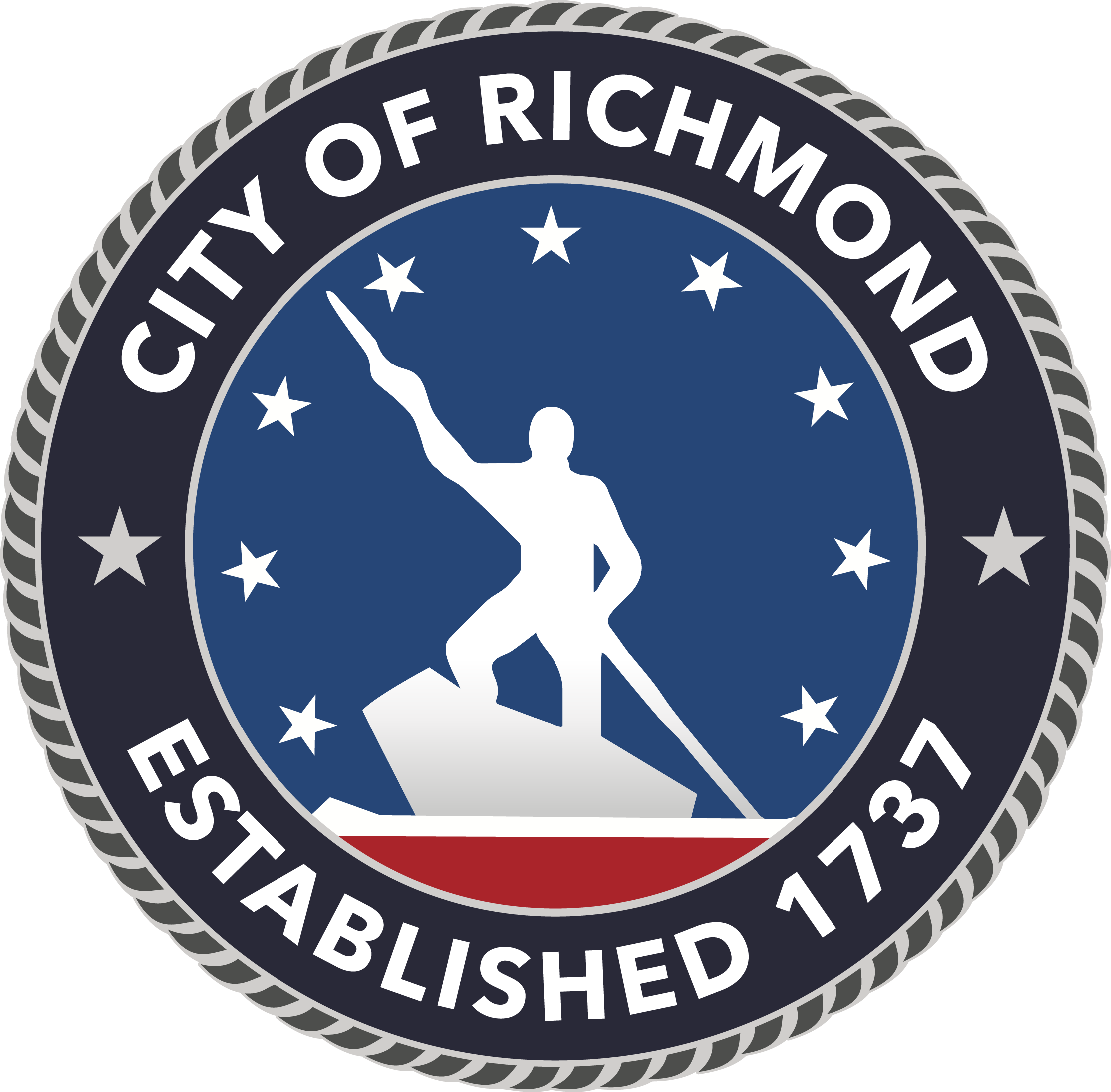"Pipeline Trail" FAQs
|
CITY OF RICHMOND’s COMBINED SEWER PIPE commonly known as the “Pipeline Trail” Frequently Asked Questions (FAQs) |
The City of Richmond greatly values the James River as its sole source of finished drinking water and is also very cognizant of its beloved home for recreation and beautiful aquatic life. Over the years, the City’s commitment and work along with that of its partners has vastly improved the quality of the river with greater access to all visitors. The Pipeline Trail, which is suspended above the James River, is the catwalk built when part of the City’s Combined Sewer System (CSS) pipe was installed nearly 50 years ago.
These Frequently Asked Questions (FAQs) are a means to keep the public informed about current events involving the modified access to the Pipeline.
- Who is responsible for maintaining the Pipeline?
There are many stakeholders. CSX owns the railway, while the City of Richmond has multiple departments with a vested interest. The Department of Public Utilities (DPU) is responsible for maintaining the 42” sewer pipe. The Department of Parks & Recreation (PRCF) manages all parks within the City, including the James River System. From a city maintenance and operation perspective, the Pipeline is not within the James River Park System or trail area and therefore not maintained by PRCF.
Short- and long-term decisions about the comprised sewer pipe on the trail will include these and other stakeholders.
- Who has the authority to limit access to the Pipeline?
Please see response #1 above. Stakeholders are working together collaboratively.
- Are the sewer repairs complete? And if so, why is the Pipeline closed to the public?
From a safety perspective, the area of pipe that leaked in July 2024 remains closed to the public. The long-term plan for the compromised sewer pipe is under development by engineers. DPU is working closely with Parks & Recreation, CSX and the City of Richmond Risk Management on the variables involved. For this reason, the City strongly encourages the public to remain off the Pipeline while engineers focus on the long-term solution.
- If the sewer repairs are complete, when will the large straps be removed from the sewer pipe?
While the sewer pipe is empty, abandoned, and isolated from any active CSS infrastructure, it is still compromised. A fence has been resurrected to protect a portion of the sewer pipe, which is referred to as “the work zone”. The goal of the fence is to avoid tampering with the existing straps, eliminate foot traffic and minimize safety concerns on this portion of the Pipeline.
- How does this sewer pipe impact water quality for the James River?
The Pipeline is part of the City’s CSS and is a combined pipe that carries both sewer and stormwater. Any damage to or malfunction of the pipe could cause leaks, which is what occurred this summer. It is important to note that this part of the City’s infrastructure is not included in the requirements for Senate Bill 1064, which requires the City to accelerate its work on reducing combined sewer overflows.
Senate Bill 1064 involves three specific phases to help reduce CSO overflows by 2035.
- Phase 1 – Interim Plan involving 10 projects with completion by July 1, 2027
- Phase 2 – Final Plan involving 4 projects with completion by July 1, 2035
- Phase 3 – Green Infrastructure (ongoing)
- If the Pipeline is not included in the SB 1064 regulation, what caused the recent leaks in July 2024?
There were two separate events that occurred in July 2024:
- On July 2, DPU reported a CSS weather event to Department of Environmental Quality (DEQ) as required by the City’s VPDES permit.
- On July 15, the bypass pump, which carries flow away from the existing pipe, went offline, causing the sewer pipe to expand and overflow into the James River.
- Is the Pipeline safe to visit?
No. When river levels are low, the pipeline can easily be seen. The opposite occurs when the river levels are high – the pipeline is submerged beneath the fast-flowing river, making it unsafe to traverse. Additionally, the portion of the sewer pipe located in the work zone remains compromised. DPU continues to perform regular monitoring of the pipe while engineering solutions are under review.
- When will the public learn more about the long-term engineering design?
DPU is currently working with the engineering firm to assess both the short- and long-term needs. DPU is committed to providing regular updates to the public via our website at www.rva.gov/public-utilities
- When will the public learn more about the long-term status of the Pipeline?
All stakeholders recognize the public’s interest for recreational access to this portion of the James River, which is why the decision for the long-term status will not be made lightly. This will be a shared decision amongst several stakeholders and will need to include the review and potential revision of easements, access and ownership. In the meantime, City Councilmembers will continue to receive regular updates.
- As a river enthusiast, are there other locations where I can access the James River?
Yes. The James River can still be accessed at locations such as Pony Pasture, Reedy Creek, Ancarrows Landing, the Wetlands, Great Shiplock Park, Belle Isle, Dock Street and Tredegar Put In. There are also overlooks on the floodwall, which lead to both banks of the river for viewing points in addition to the access points listed above.







